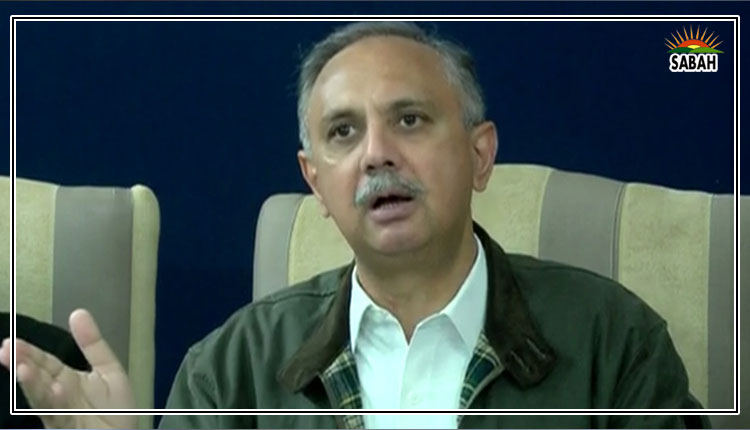Forgotten schools ….. Naseer Memon
FLOOD devastation is often characterised by breached embankments, collapsed houses, broken roads, loss of crops and traumatised masses. Sindh witnessed all these forms of devastation in 2022. Consequently, rehabilitation initiatives have tried to address these aspects. But what has remained missing from the debate is the colossal loss to schools and education.
An already frail education system in Sindh suffered a further setback as 20,000 schools were partially or fully damaged by the deluge that deprived 2.3 million students of schooling for several months. Some of these students have resumed their education in dangerous, damaged buildings, while others are studying on makeshift premises. How much their learning levels have been impaired is anyone’s guess.
Embankments, roads and houses are being rehabilitated, but repair and reconstruction of schools have yet to see the light of day. Sindh lost half of its school infrastructure built over 75 years. The most upsetting fact is the damage to 2,249, or 34 per cent, of government schools for girls in a province where rural female literacy is a mere 23pc. Before the floods, toilets were present in only 60pc of the schools, and boundary walls in 55pc. Of this infrastructure, 72pc of the boundary walls and 81pc of toilets have been reduced to rubble. Furniture and other fixtures were damaged when the premises were converted into camps for the flood victims.
Schooling, already adversely affected by Covid-19, was further aggravated by the floods. The magnitude of loss warranted urgent attention but the provincial government and donors appear to ignore the situation. The provincial education department conducted an analysis of the damages and an assessment of the resources required to restore these schools on the principle of ‘building back better’. Reconstructing these schools with a minimum of six rooms requires Rs224 billion. But Sindh allocated only Rs16.5bn in the current budget for the education department’s development schemes. It means that the department would need 13 years to reconstruct all schools damaged in the floods, even if the development budget for education were to be diverted fully towards this purpose.
The authorities have done little to repair flood-affected schools.
Unfortunately, the provincial and federal governments have displayed apathy and have been able to mobilise resources for less than one-third of the damaged schools. Much of this support has been committed by donors. Ironically, the committed amount is not being spent because of restrictions imposed by the Election Commission of Pakistan, which is unable to distinguish flood rehabilitation works from routine development schemes. Its myopic approach has hindered the restoration of schools.
With the huge budgetary gap, reviving these schools seems a distant dream. The present construction model of the RCC (reinforced cement concrete) structure is neither climatically appropriate nor cost-effective. A climate-proof and financially frugal school model is needed. The model in vogue costs Rs22m to Rs25m for the construction of a six-room school with a lavatory and boundary wall. If girder T-iron is used, with the community’s direct involvement and keeping the contractors out, the same building can be constructed for Rs3.5m. In other words, seven climate-resilient schools can be constructed for the cost of one school by replacing the contractor with the community.
Community-constructed schools are likely to infuse a sense of ownership — a long-term advantage. This approach has worked well for rebuilding flood-damaged houses. Climate-sensitive structures also require structural variations for adaptation to climatic conditions and specific vulnerabilities in different areas. Making uniform structures in coastal, mountainous, desert and riverine areas is devoid of climate sense. Most schools in the flood-prone areas were constructed in low-lying areas where community-donated land was available. This practice of constructing schools on donated land has compromised site selection — a major cause of devastation during the floods.
The Boxing Day tsunami in the Southeast Asian countries in 2004 and the earthquake of 2005 in Azad Kashmir and its adjoining areas prompted engineers to rethink construction models and develop safe structures to mitigate the impact of disaster. Bangladesh, Vietnam, Sri Lanka, Thailand, the Philippines and other coastal countries have introduced elevated structures with open-ground storeys. Similarly erecting retention walls to protect low-lying schools and constructing schools on elevated ground would make structures climate-resilient. Non-conventional and low-cost climate-proof structures can offer long-term solutions to the paucity of funding. They can also help bring millions of out-of-school children into classrooms.
The writer is a civil society professional.
nmemon2004@yahoo.com
Courtesy Dawn, January 3rd, 2024












